I’m desperate for the rebirth of the dreamlike wash of technicolor, films sitting on the edge of high saturation and all the more emotive and memorable for it. Born in Boston in 1915, technicolor’s first incarnation was a humble two-color system. Light passed through red and green light filters onto two separate strips of film that were then merged into one image. The result was a limited but suggestive palette.
In 1932 the three-strip process enters the picture, and so dawns the golden age of technicolor. Three strips of black and white film were exposed simultaneously - one filtered red, one green, one blue - and then combined into a single impossibly vivid print.
Quality control was the name of the game. Studios had to rent Technicolor cameras and crews, as the company ran a tight ship and didn’t let anyone else at the reins. Herein began the issues. By the 1950s when Eastman Kodak introduced single-strip color negative film that didn’t require expensive cameras, and could be processed in regular film labs, this easier and cheaper route was enticing. By the 1970s, there were lots of cheaper and faster alternatives on the market. The U.S. dye-transfer line shut down in 1975 (though continued in China till the 1990s).
People tried to bring it back, but it never caught on. A mix of cost, complexity, industry standardization, and a major shift to the digital left technicolor in the rear view mirror.
In the late 1990s, Technicolor briefly revived its dye-transfer printing process at its Los Angeles lab, and In the Mood for Love became one of the last films to receive a U.S. dye-transfer release print before the process was shut down again in 2002. The result was an extraordinarily lush and evocative aesthetic that paired magnetically with Wong Kar-wai’s cinematography. Even so, it was not shot using the original three-strip Technicolor (which hadn’t been used since the 1950s) - instead, it was filmed on modern film stock and only printed using Technicolor’s revived process.
And here’s where I say - bring it back!!! This is my argument for a technicolor renaissance, mounted mainly in images.
In the Mood for Love, 2000
A Hong Kong romance and drama directed by Wong Kar-wai and shot by Christopher Doyle and Mark Lee Ping-bing.
The story follows two neighbors in 1960s Hong Kong who, after suspecting their spouses of infidelity, form a tentative, restrained connection that deepens into an unspoken love. Starring Tony Leung Chiu-wai and Maggie Cheung.
Vertigo, 1958
An American psychological thriller directed by Alfred Hitchcock and released in 1958, based on the 1954 novel D’entre les morts by Boileau-Narcejac.
The story follows a retired San Francisco police detective suffering from acrophobia, who becomes obsessed with a woman he has been hired to follow. Starring James Stewart and Kim Novak.
The Wizard of Oz, 1939
An American musical fantasy directed by Victor Fleming, based on L. Frank Baum’s 1900 novel The Wonderful Wizard of Oz.
The story follows a Kansas farm girl swept away by a tornado to the magical Land of Oz, where she journeys with newfound friends to meet the Wizard and find her way home. Starring Judy Garland.
The Red Shoes, 1948
A drama directed by Michael Powell and Emeric Pressburger , inspired by Hans Christian Andersen’s fairy tale of the same name.
The story follows a young ballerina torn between her dedication to dance and her love for a composer, set against the backdrop of an ambitious ballet production. Starring Moira Shearer.
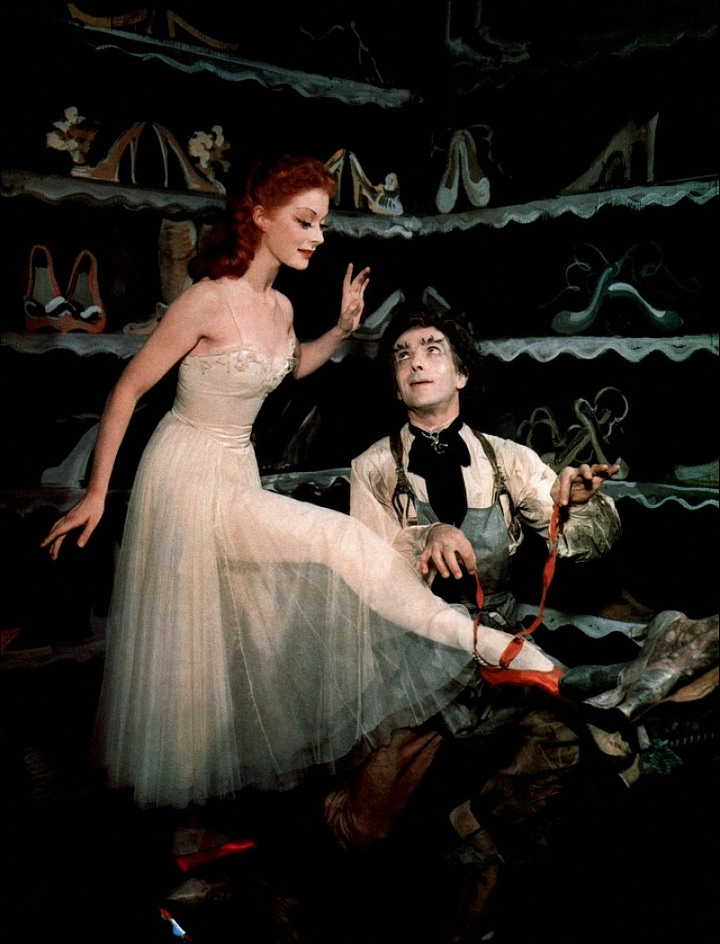
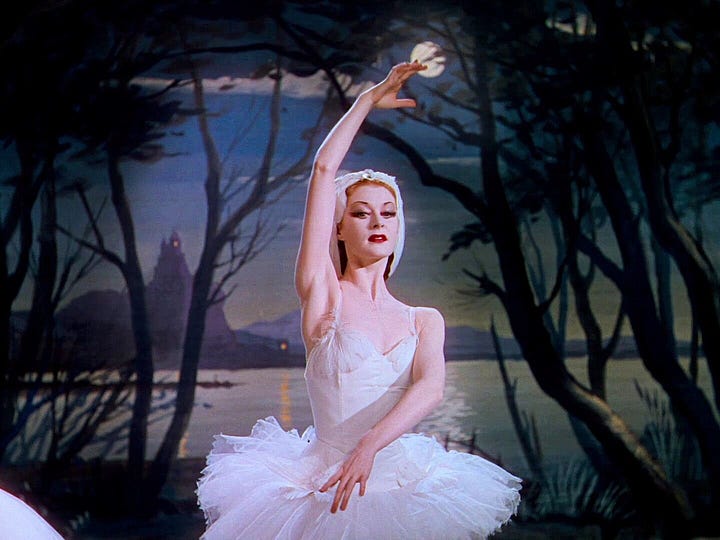
Fantasia, 1940
An American animated musical anthology produced by Walt Disney, blending classical music with hand-drawn animation in a groundbreaking cinematic experiment. (Still can’t believe this is real and we watched it as children.)
The film presents a series of visual interpretations of orchestral works, from dancing mushrooms to cosmic storms, performed by the Philadelphia Orchestra under Leopold Stokowski. Featuring no dialogue and minimal narrative, Fantasia is both surreal and symphonic, a vivid expression of music through Technicolor.
Gentlemen Prefer Blondes, 1953
An American musical comedy directed by Howard Hawks and written by Charles Lederer based on a 1949 stage musical and a 1925 novel by the same name.
The story follows two young showgirls pursued by a private detective on an ocean liner. Starring Jane Russell and Marilyn Monroe.
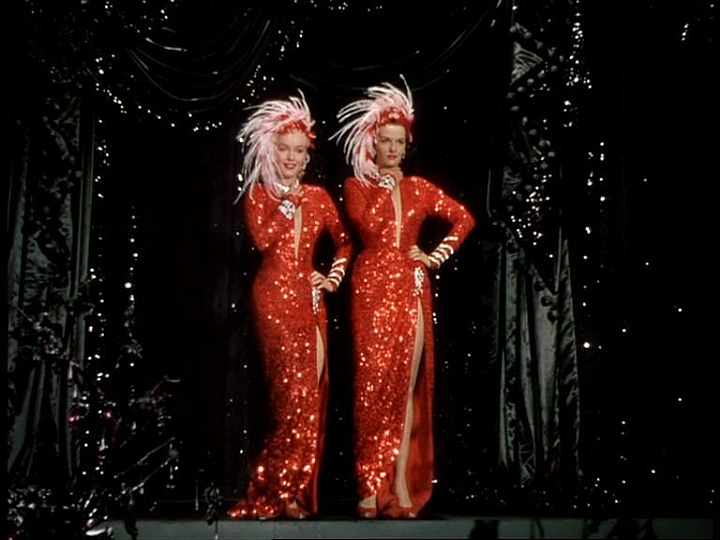
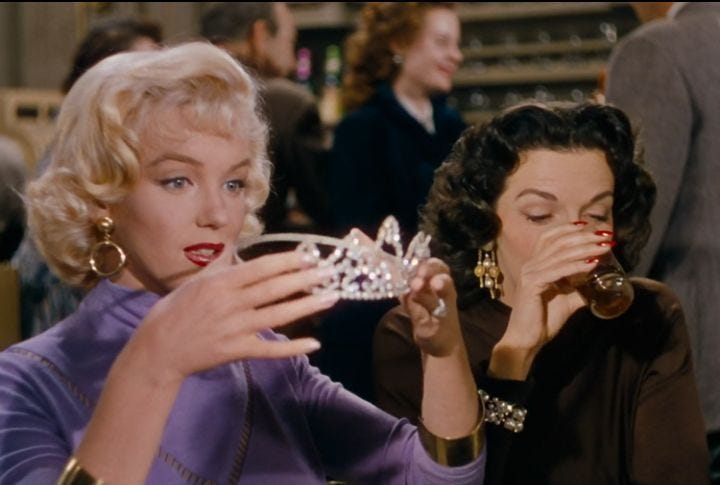
Little Women, 1949
An American period drama directed by Mervyn LeRoy and released in 1949, adapted from Louisa May Alcott’s beloved 1868 novel.
The story follows the four March sisters as they come of age in Civil War–era New England, navigating love, loss, ambition, and sisterhood. Starring June Allyson, Elizabeth Taylor, Janet Leigh, and Margaret O’Brien.
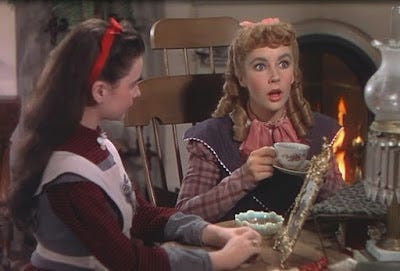

I always feel a particular spark of connection when I’m watching a technicolor film, often even before I know that I am. Like it's subconscious. Something in the clarity of the sky or the sea, the hauntingly saturated blue of the eyes, or the way costumes and set pieces seem to stand out more intentionally. I find myself drawn in. I find it's speaking to me more deeply. The 1940s version of Little Woman is so solid in my memory of childhood, and seeing those images again I’m brought right back. (And I didn’t even realize it was technicolor until I was doing research! Same re: Fantasia.) This is a petition to bring back it back, even just once in a while.




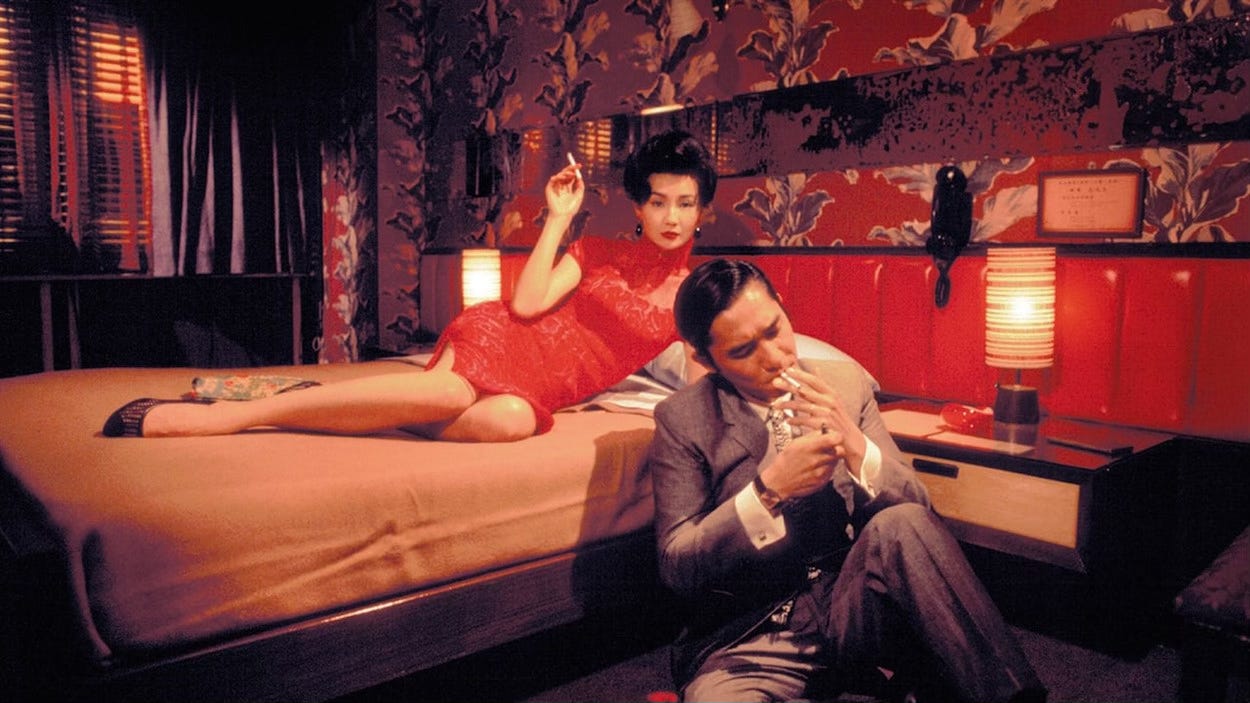

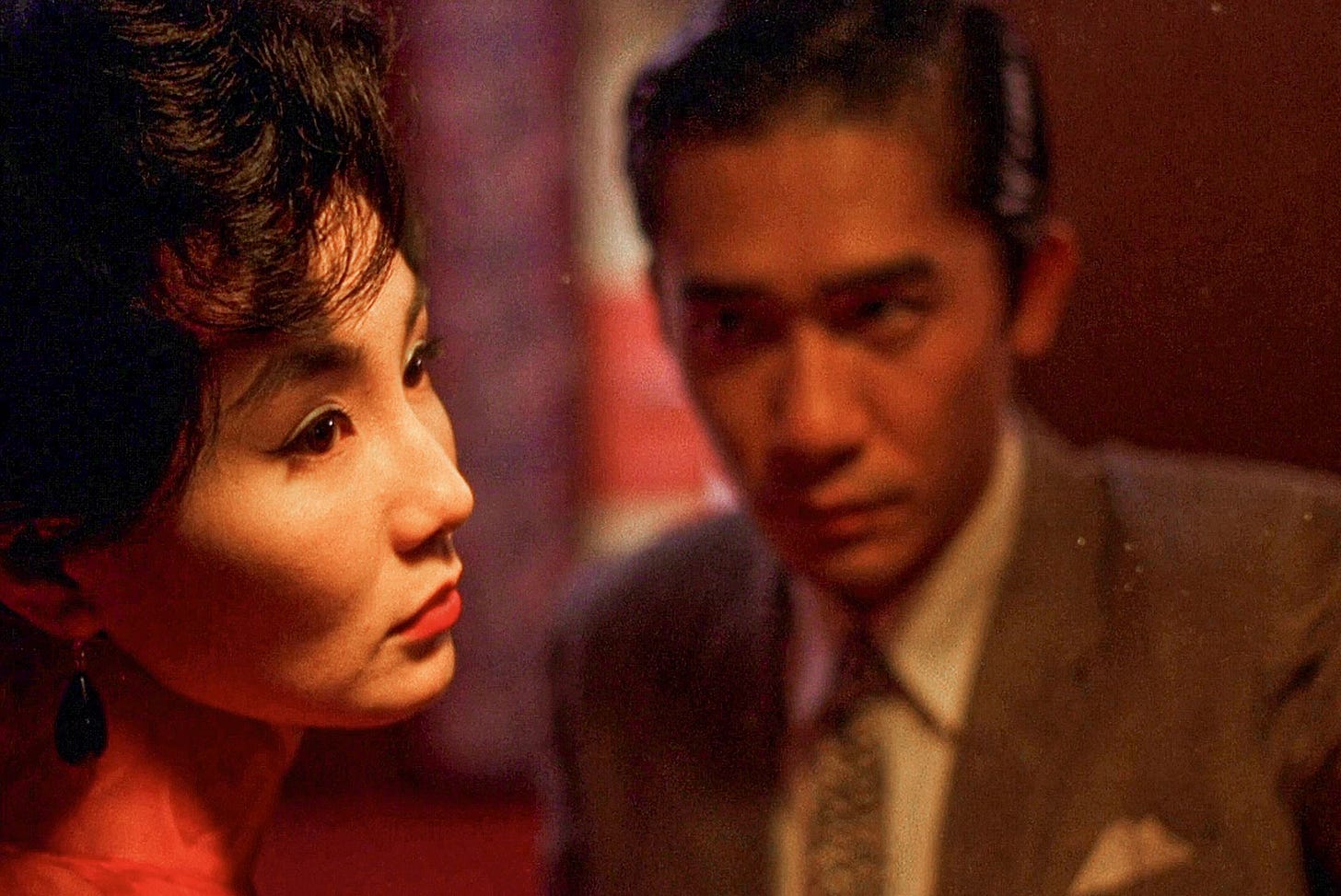
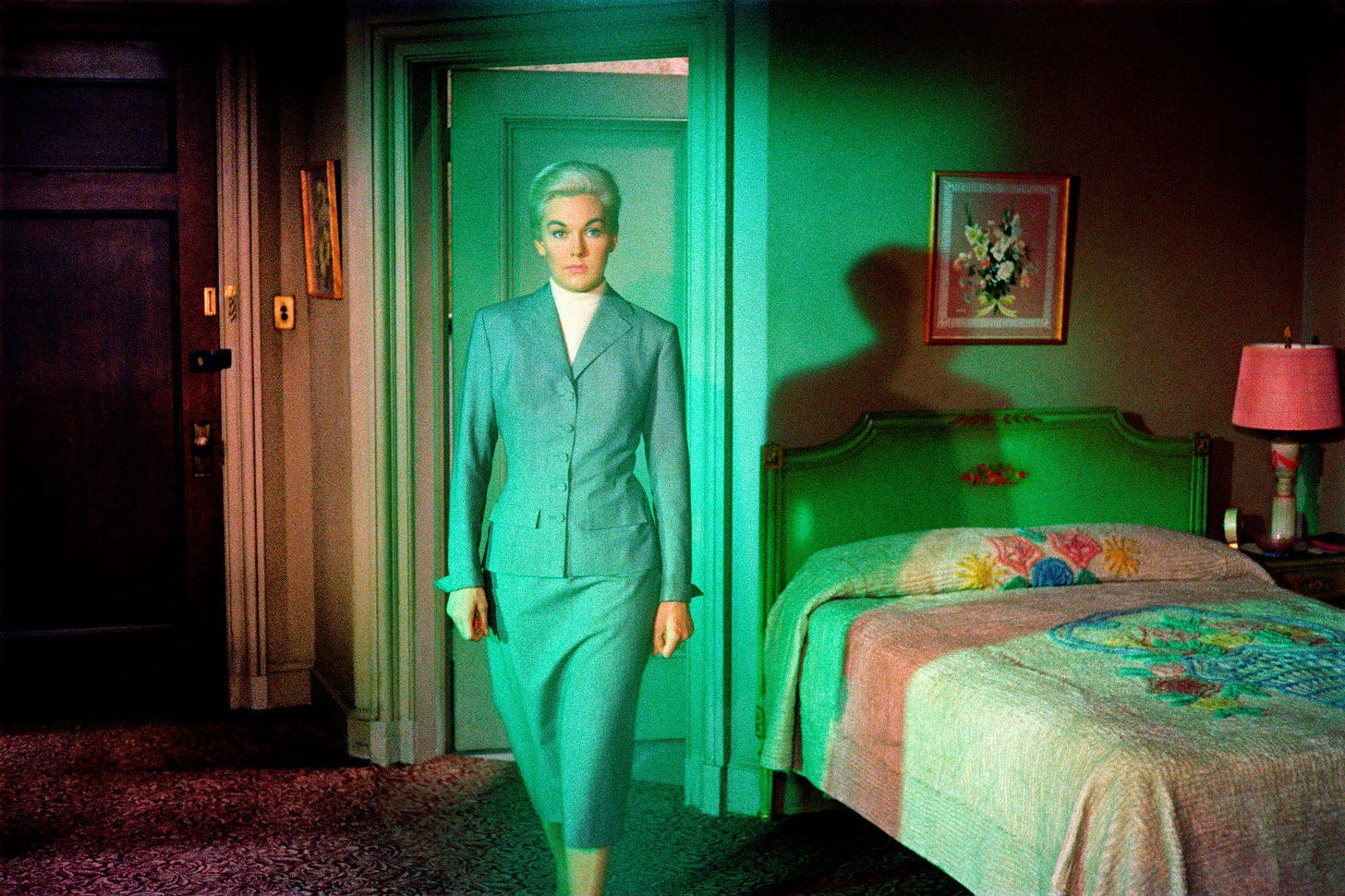


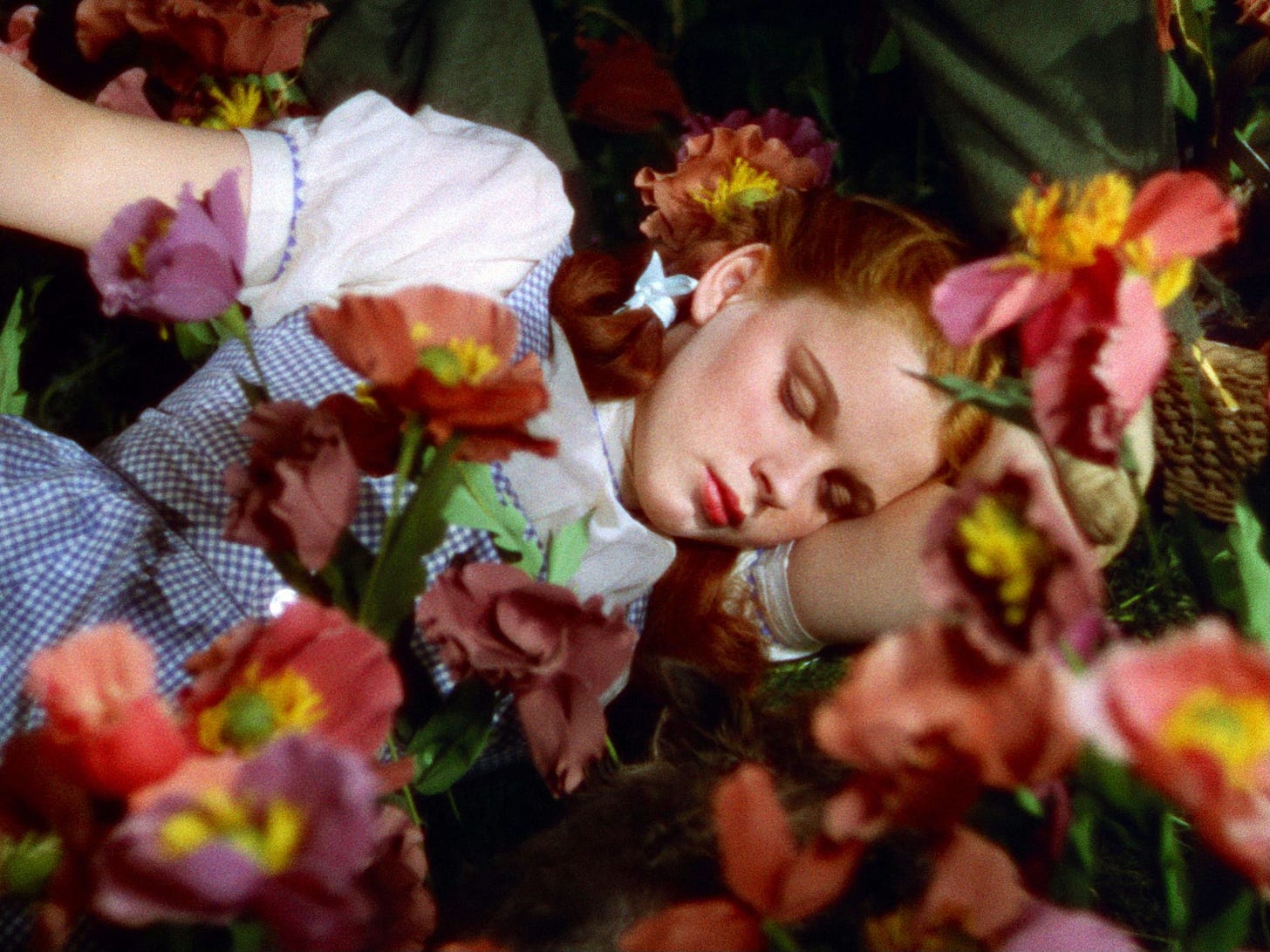
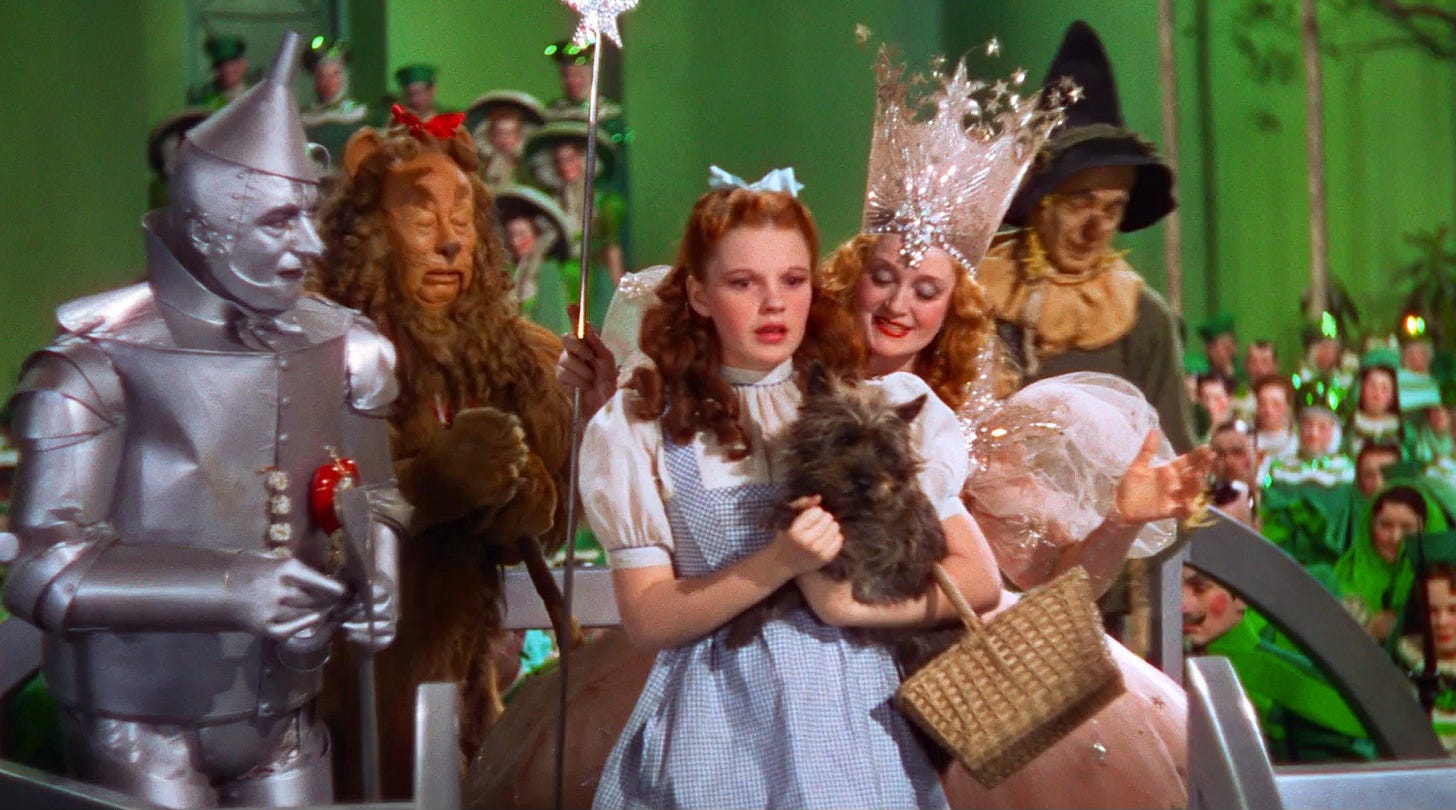
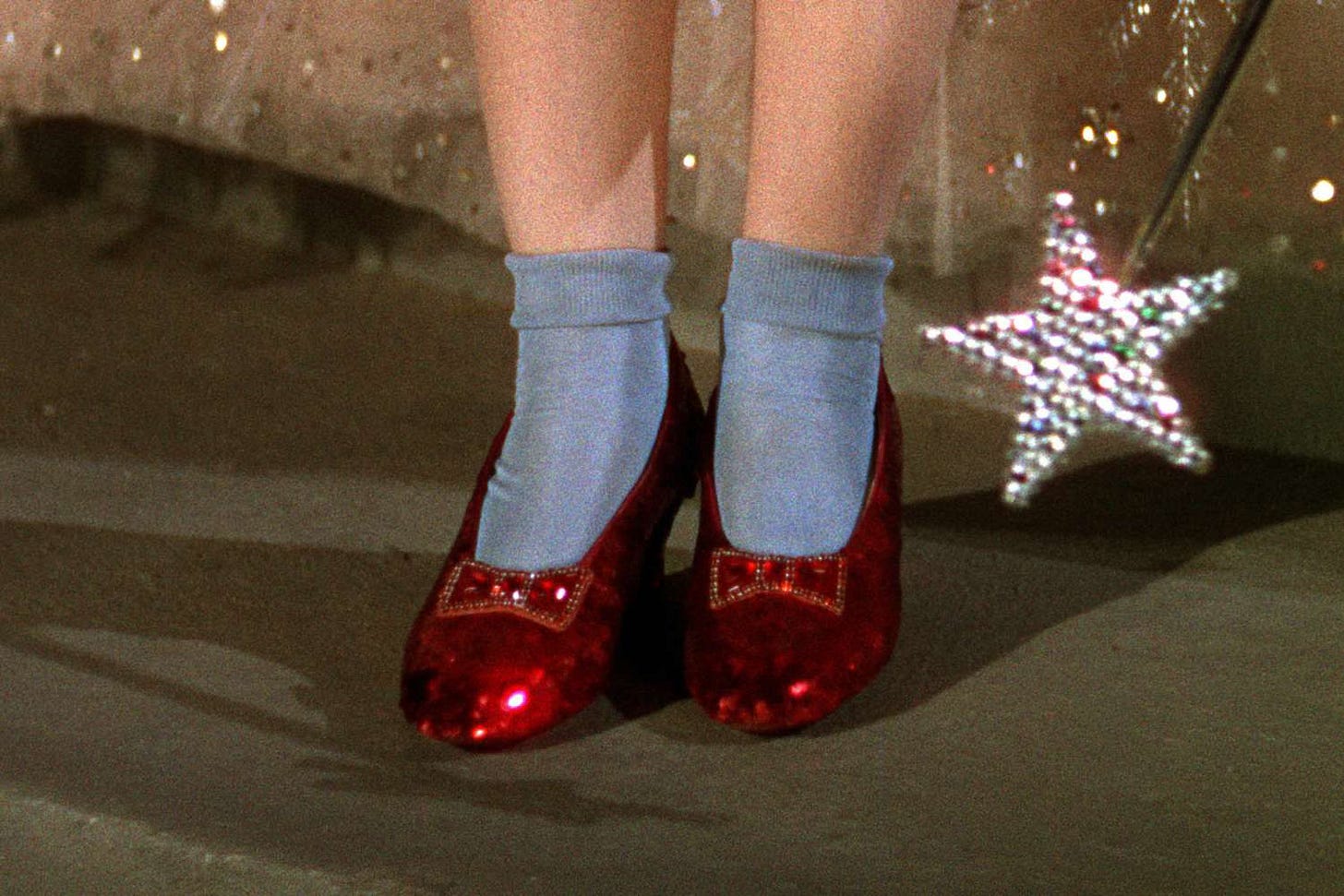
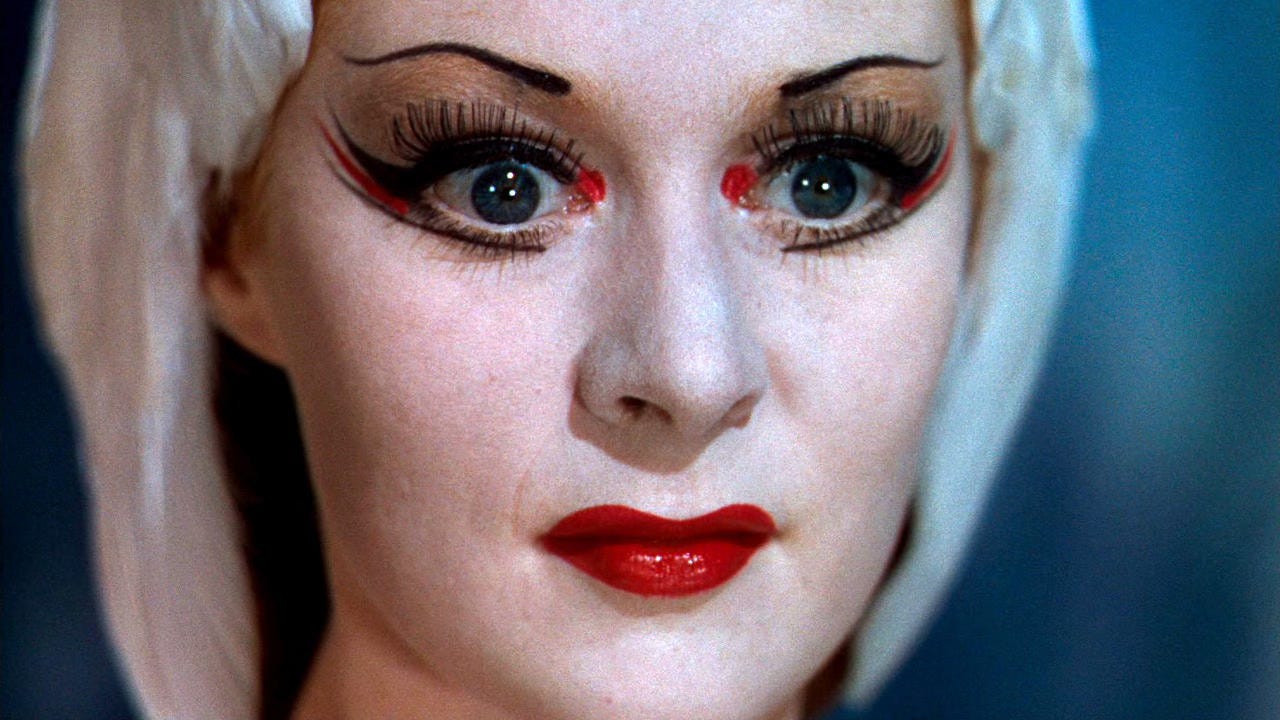
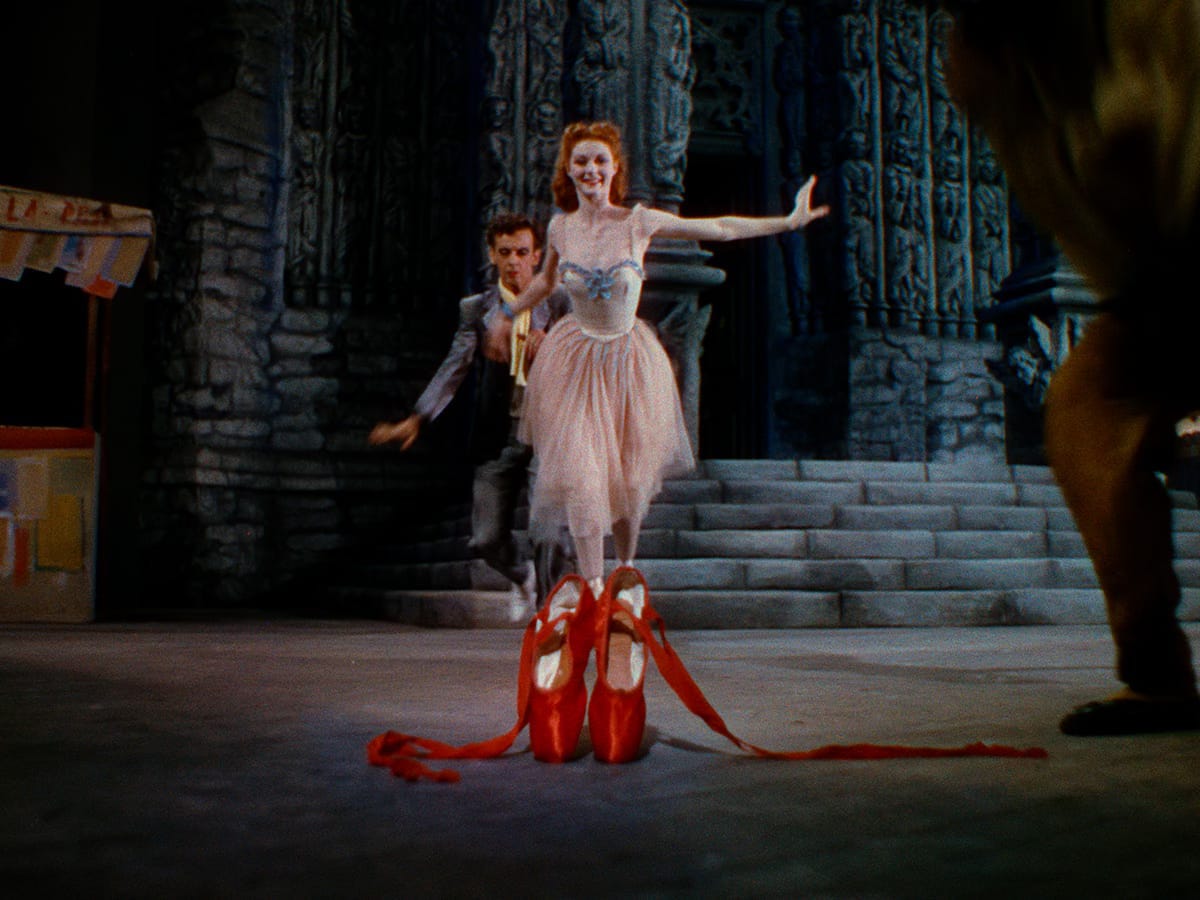

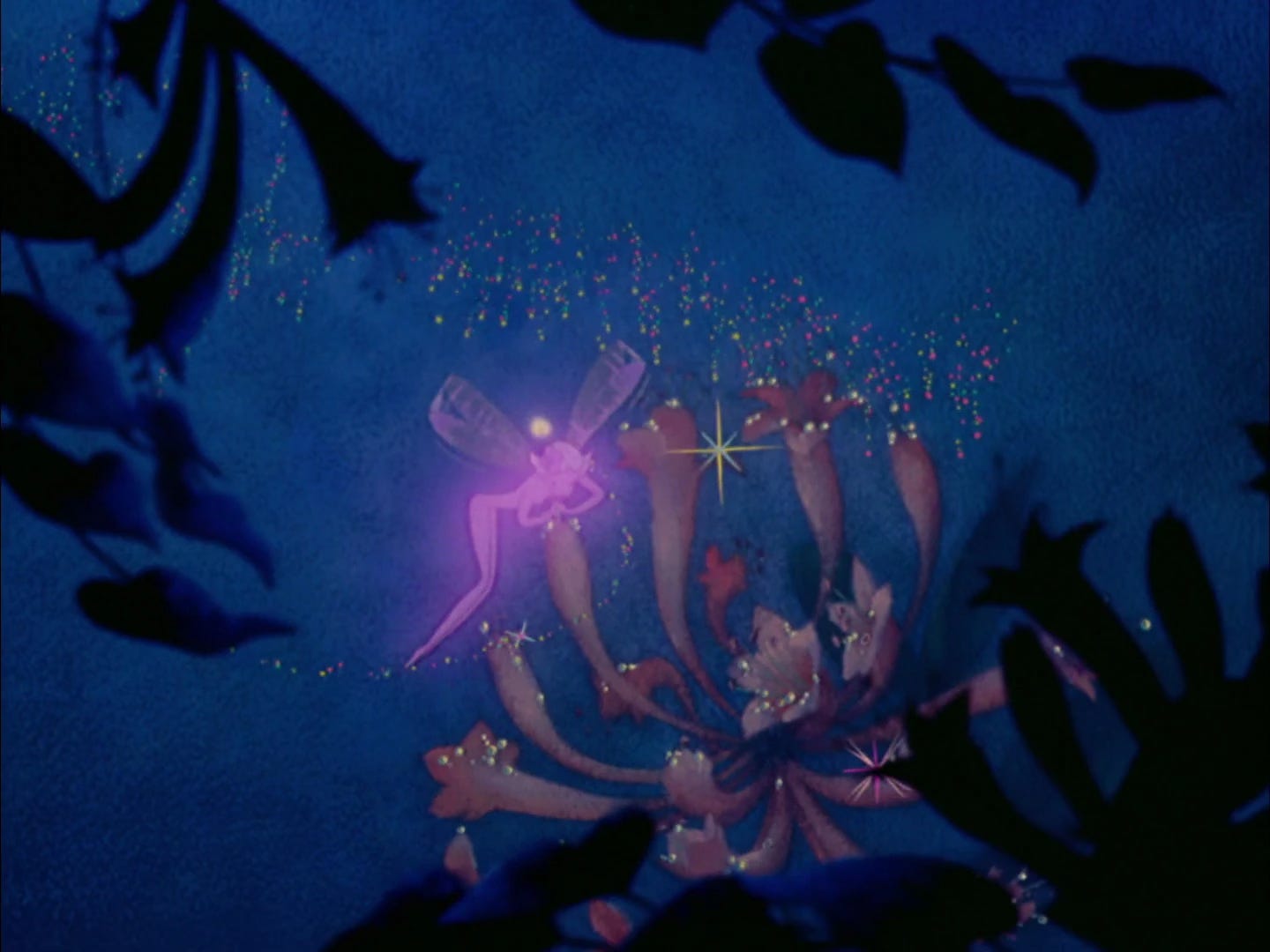
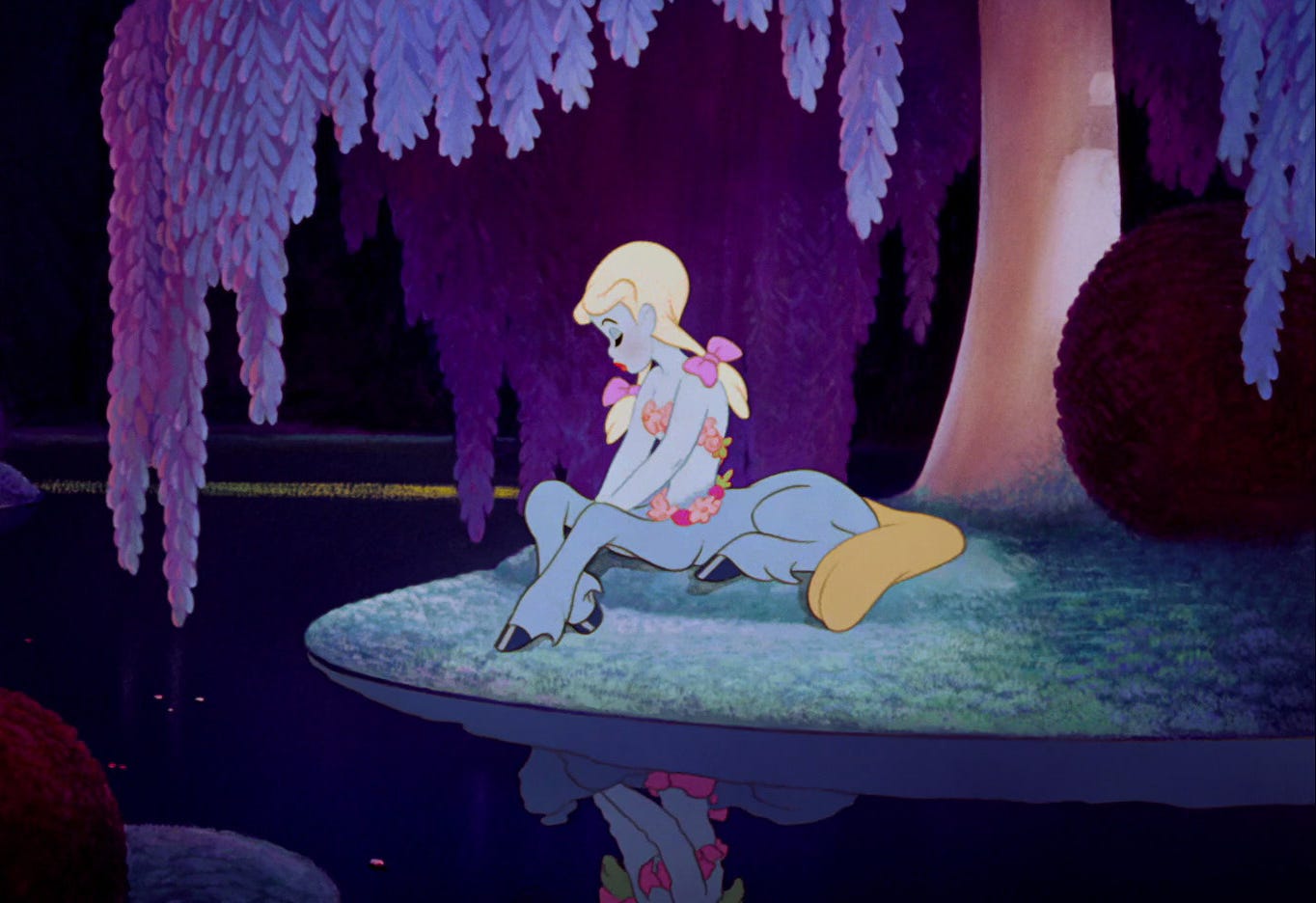
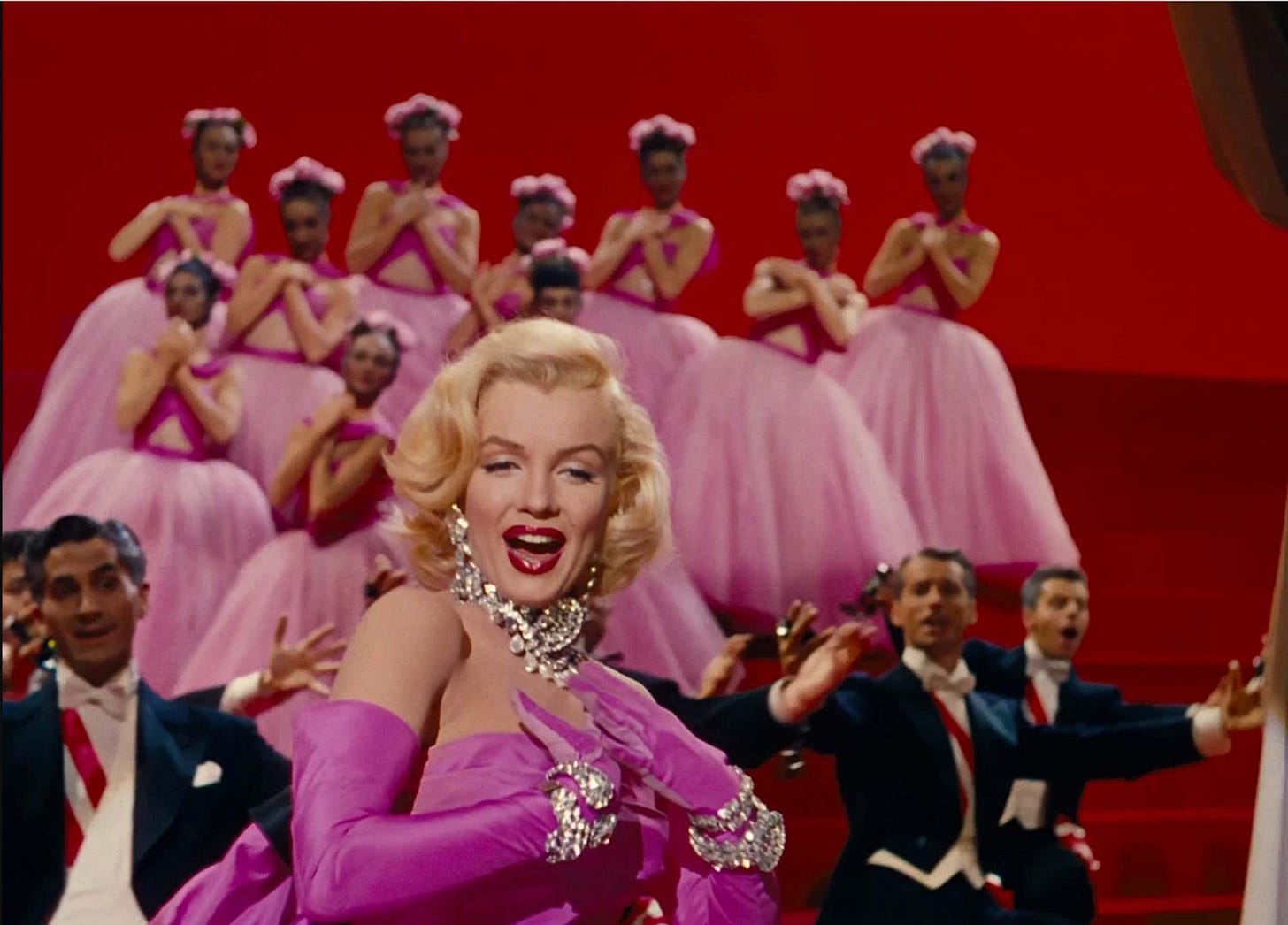

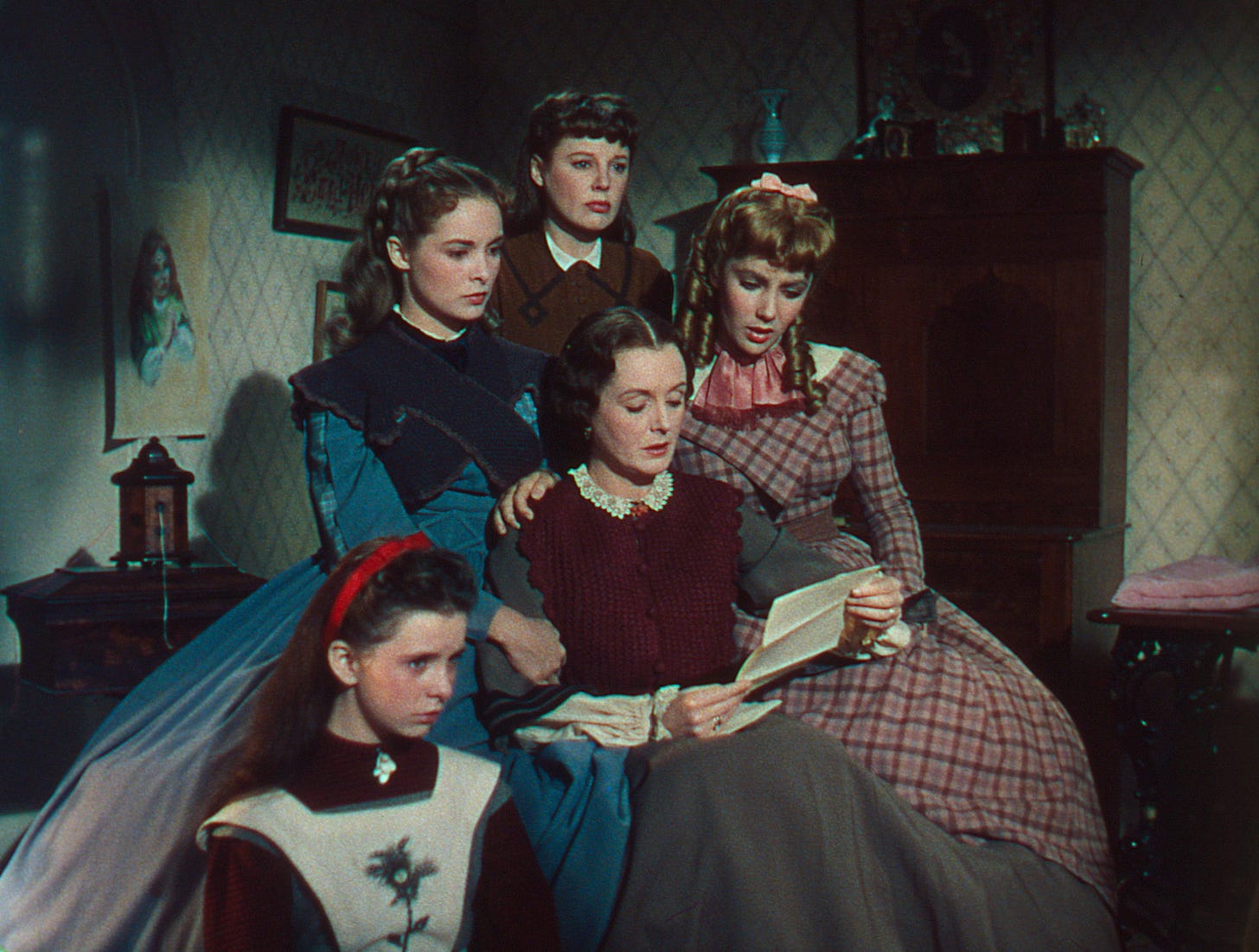
Yes yes. Movies are so dark these days you can’t even watch them in daylight!!
Some greats that come to mind are Donkey Skin, the Italian Giallos, and Love Witch (not technically technicolor but meant to look like it), "What a Way to Go!" (but not technicolor either, Eastmancolor process)
Oh so dreamy. I wish all of life could be viewed through vintage-film-colored-glasses!